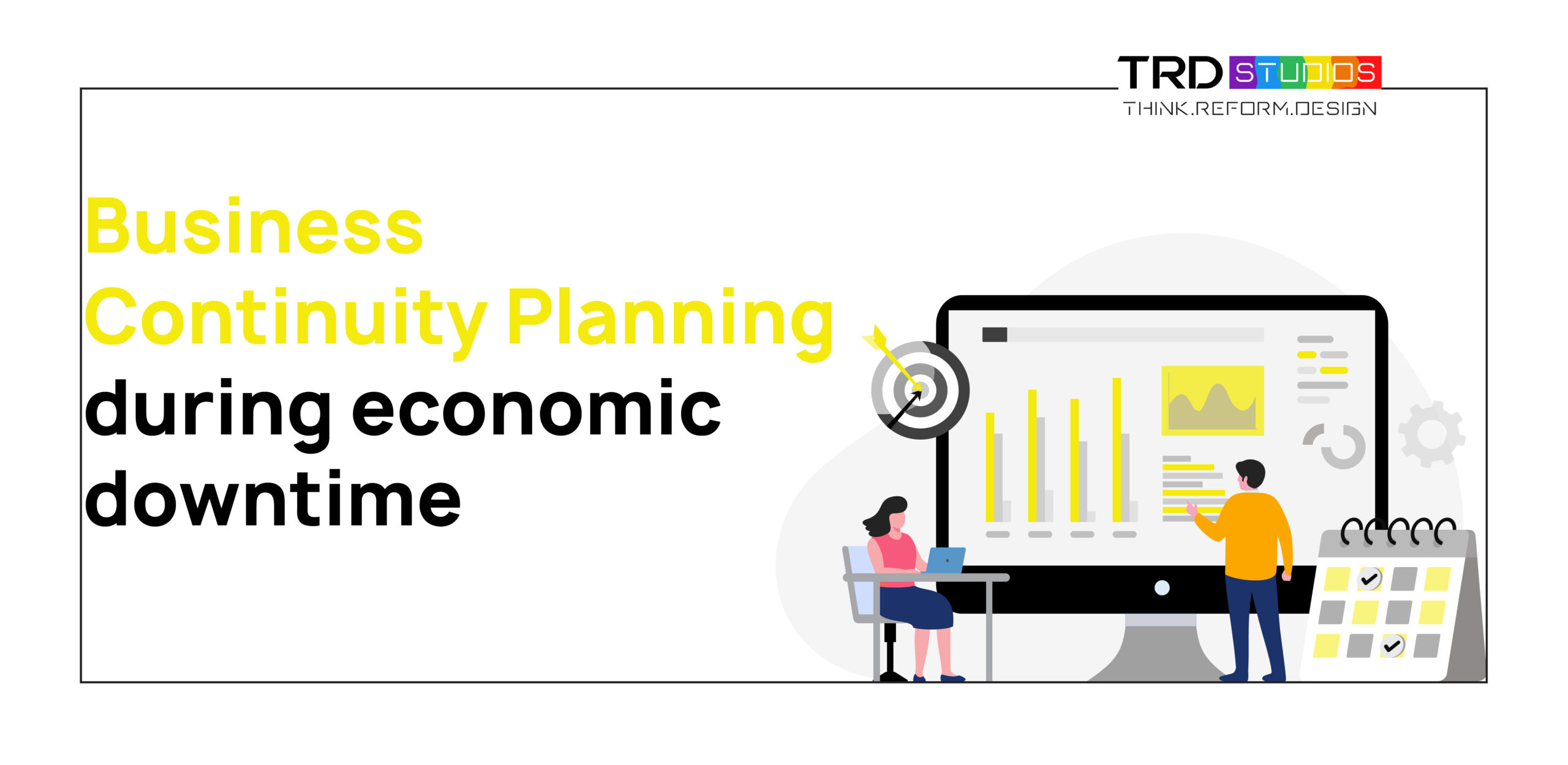For years, marketers have been trying to crack the riddle that is Customer Loyalty. They have delved deep into the impact of cultural, social and economic factors on consumer preference, attitude and behavior and over time have come up with different Loyalty Programs that have helped businesses increase their Customer Lifetime Value by an average of 30%. However, the onset of the COVID-19 pandemic has affected the foundations of customer loyalty, Trust and Confidence.
Businesses and Marketers are trying to figure their way forward through uncertainty, confusion, and conflicting reports. And, it has been an uphill battle so far. Anticipating a substantial loss of revenue due to the current global crisis, a number of businesses have stopped redemption of loyalty points, a move that is raising more questions than answering them.
Understanding Loyalty Programs
Loyalty programs are marketing programs designed with the goal of improving customer retention and increasing customer lifetime value. Loyalty programs offer rewards, discounts or other special incentives and are designed as a reward for brand loyalty. They also provide a wealth of customer information to the brand.
Loyalty programs have a huge bearing on a brand’s financial statements. On one hand, increased customer retention and customer lifetime value adds positively to the brand’s cash flow, whereas on the other hand, redemption of loyalty points (in terms of products, services and cash) negatively impacts the brand’s cash flow. The real-time trade off and the resulting net profit is what attracted businesses towards Loyalty Programs.
There are two scenarios through which businesses manage their cash flow with regards to loyalty programs- Funded liability and Non-funded Liability. Funded liability is the scenario where a business sets aside funds to offset the loyalty point redemptions. Non-funded liability is the scenario where for a particular fiscal year, the loyalty point redemption is offset by the cash flow from retained customers.
For businesses, Members with the highest redemption values are the most valuable. These are people who will keep coming back and in time will create a high customer lifetime value.
Financial impact of Coronavirus Pandemic on Loyalty Programs
Most businesses, especially in the Travel, Hospitality & Airline industries have seen a huge drop in revenues (from retained and new customers) since the beginning of the pandemic and that, in turn, has created a cash crunch. With the cash crunch in perspective, businesses don’t have the cash reserve to offset the negative cash flow resulting from the loyalty points redemption. Hence, businesses took the decision to suspend redemption of loyalty points.
Loyalty Programs and Customer Loyalty during COVID-19
This global crisis has brought forward and highlighted the importance of the ‘People over Profit’ policy. Though we might be facing a short-term hit to our bottom-line, this is the time to connect with customers on a deeper level and find ways to be helpful to our customers. Below are some steps you can take to
- Be true to your brand and purpose- During these times, every interaction with your customers, partners and vendors is an opportunity for you to communicate your brand story and purpose. People are paying attention to how brands are reacting to these challenging times and purpose-driven companies that show empathy for their community will likely emerge as leaders.
- Pivot Loyalty Programs- At this time, the whole world is coming together and helping each other move forward from the pandemic. People are making contributions to a number of causes. Businesses can follow this example and pivot their loyalty programs to add an option to donate to causes that align with their brand purpose. For example, as part of their TravelAtHome campaign, Air Canada allows customers to donate miles to causes and earn airmiles in return. Air Canada has also collaborated with hotels and credit card companies, and has added the option of converting points to airmiles.
- Plan long-term- Though the redemption of loyalty points might put added burden on the already suffering cash flow, businesses have to bear in mind that a loyal customer is doubly valuable to a brand now in comparison to the pre-pandemic business scenario. So, businesses should balance short-term cash flow pressure (due to redemption) with long term benefits.
At this time, it is important to remember that we have faced many challenging times before and will do so in the future. Brands will bounce back from their current slump but a loyal customer base will decide which brand keeps growing post-pandemic. So, let your customers know how important they are to you by keeping their interests first and foremost and you will be rewarded by customer loyalty and trust.




